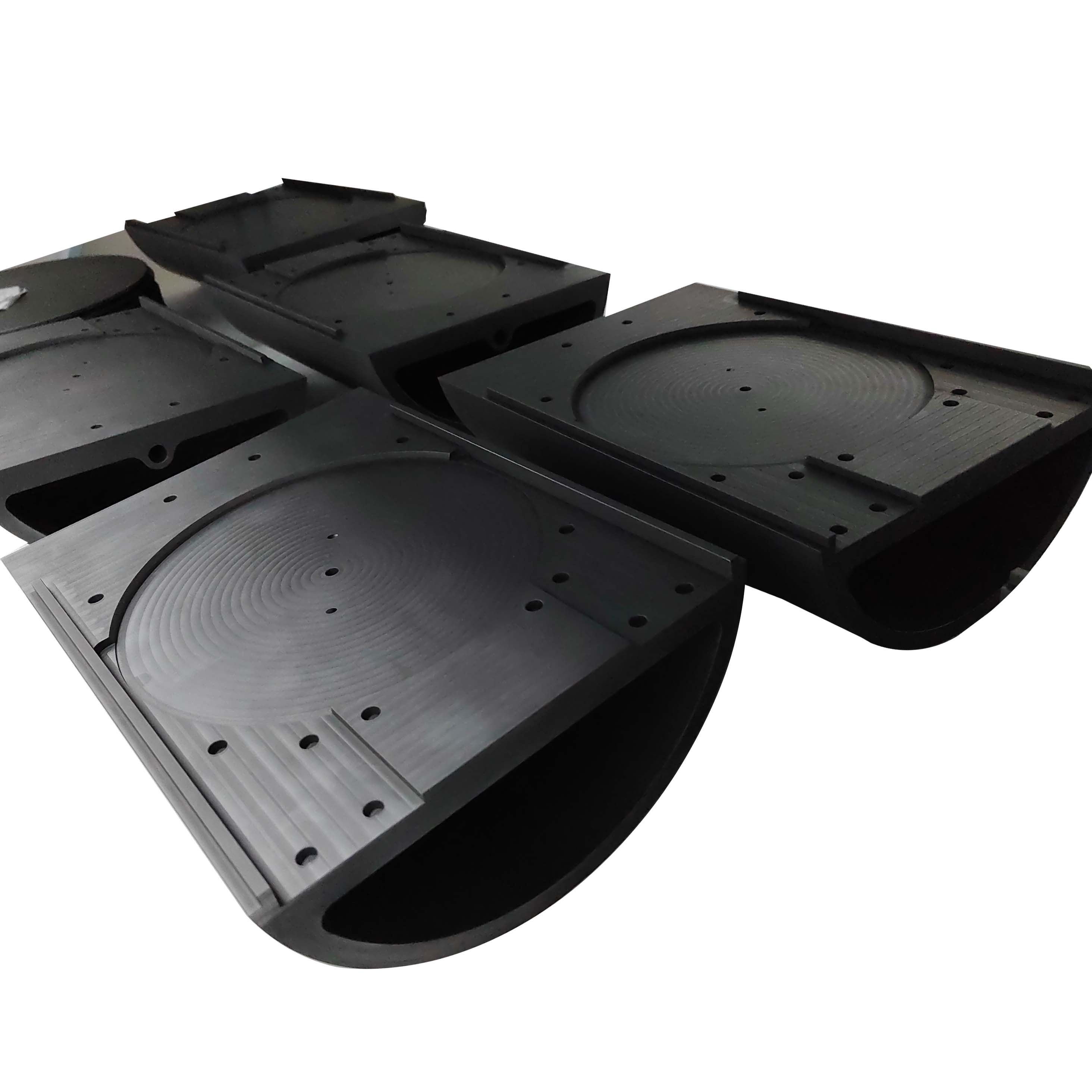
- English
- Español
- Português
- русский
- Français
- 日本語
- Deutsch
- tiếng Việt
- Italiano
- Nederlands
- ภาษาไทย
- Polski
- 한국어
- Svenska
- magyar
- Malay
- বাংলা ভাষার
- Dansk
- Suomi
- हिन्दी
- Pilipino
- Türkçe
- Gaeilge
- العربية
- Indonesia
- Norsk
- تمل
- český
- ελληνικά
- український
- Javanese
- فارسی
- தமிழ்
- తెలుగు
- नेपाली
- Burmese
- български
- ລາວ
- Latine
- Қазақша
- Euskal
- Azərbaycan
- Slovenský jazyk
- Македонски
- Lietuvos
- Eesti Keel
- Română
- Slovenski
- मराठी
- Srpski језик
LPE Apparatus
2023-10-10
In the realm of semiconductor device fabrication, the precise control of crystal growth is paramount for achieving high-quality and reliable devices. One technique that has played a pivotal role in this domain is Liquid-Phase Epitaxy (LPE).
Fundamental Principles of LPE:
Epitaxy, in general, refers to the growth of a crystalline layer on a substrate with a similar lattice structure. LPE, a notable epitaxial technique, involves the use of a supersaturated solution of the material to be grown. The substrate, typically single crystalline, is brought into contact with this solution for a specific duration. When the lattice constants of the substrate and the material to be grown are closely matched, the material precipitates onto the substrate while maintaining crystalline quality. This process results in the formation of a lattice-matched epitaxial layer.
LPE Apparatus:
Several types of growth apparatus have been developed for LPE, each offering unique advantages for specific applications:
Tipping Furnace:
The substrate is placed at one end of a graphite boat inside a quartz tube.
The solution is located at the other end of the graphite boat.
A thermocouple connected to the boat controls the furnace temperature.
Hydrogen flow through the system prevents oxidation.
The furnace is slowly tipped to bring the solution into contact with the substrate.
After reaching the desired temperature and growing the epitaxial layer, the furnace is tipped back to its original position.
Vertical Furnace:
In this configuration, the substrate is dipped into the solution.
This method provides an alternative approach to the tipping furnace, achieving the necessary contact between the substrate and the solution.
Multibin Furnace:
Multiple solutions are kept in successive bins in this apparatus.
The substrate can be brought into contact with different solutions, allowing for the sequential growth of several epitaxial layers.
This type of furnace is extensively used for fabricating complex structures like those needed for laser devices.
Applications of LPE:
Since its initial demonstration in 1963, LPE has been successfully employed in the fabrication of various III-V compound semiconductor devices. These include injection lasers, light-emitting diodes, photodetectors, solar cells, bipolar transistors, and field-effect transistors. Its versatility and ability to produce high-quality, lattice-matched epitaxial layers make LPE a cornerstone in the development of advanced semiconductor technologies.
Liquid-Phase Epitaxy stands as a testament to the ingenuity and precision required in semiconductor device fabrication. By understanding the principles of crystalline growth and harnessing the capabilities of LPE apparatus, researchers and engineers have been able to create sophisticated semiconductor devices with applications ranging from telecommunications to renewable energy. As technology continues to advance, LPE remains a vital tool in the arsenal of techniques shaping the future of semiconductor technology.
Semicorex offers high-quality CVD SiC parts for LPE with customized service. If you have any inquiries or need additional details, please don't hesitate to get in touch with us.
Contact phone # +86-13567891907
Email: sales@semicorex.com





